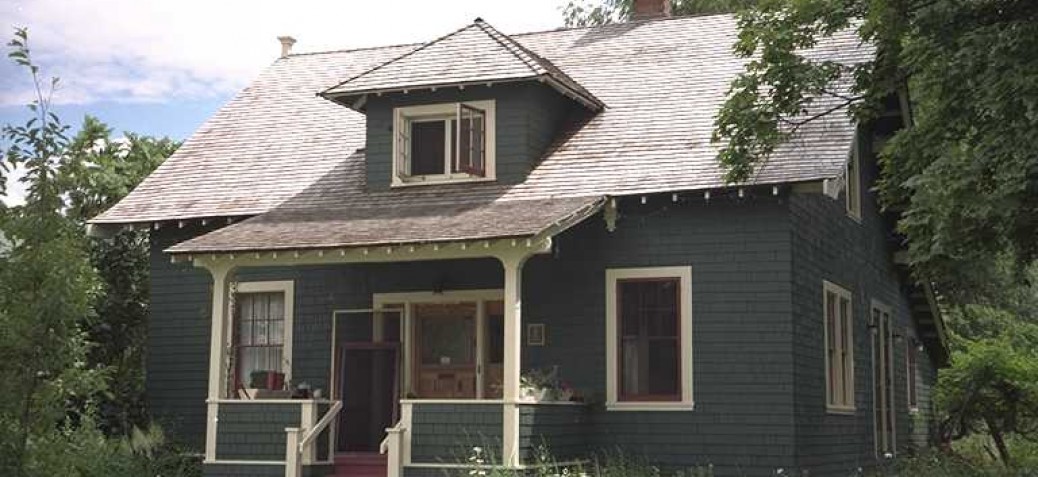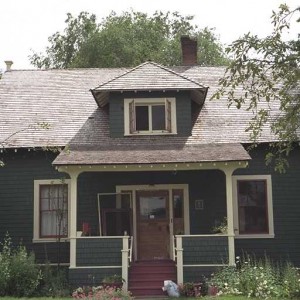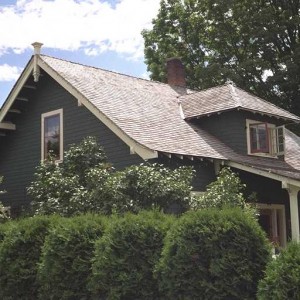Reekie House
Place Description
The historic place is the 1.5-storey wood-frame Reekie House, a Craftsman Bungalow built around 1907 at 429 Park Avenue, in the Abbott Street Heritage Conservation Area in Kelowna's South Central Neighbourhood.
Heritage Value
The heritage significance of the Reekie house, probably built in 1907, is derived from its association with a number of persons who were prominent in the residential and commercial development of the community and for being a good example of the Craftsman Bungalow, a style that was very popular along the Coast but relatively uncommon in Kelowna.
Although the documentation is somewhat contradictory, some sources suggest it was built in 1907 by F.A. Taylor, a local businessman and brother-in-law of T.W. Stirling. In 1912 Mary Ellen Dykes purchased the property - or, according to one account, built the house. She and her sister were important in the community, as they owned much property in the area. A third possibility - one supported by the style of the house - is that it was built in 1920 by John E. Reekie, who purchased the property in that year.
Reekie had property in East Kelowna; his occupation was listed as 'bee-keeping' from 1919 to 1927. He was a member of the first board of the South East Kelowna Irrigation District in 1922 and was an early deacon of the Baptist Church (1906). He moved into town only in 1925, when he established Reekie Agencies (Insurance and Real Estate). In 1936 he was president of the Okanagan Oil and Gas Company, which drilled unsuccessful wells at Okanagan Mission and East Kelowna. About 1947 his daughter Jeannette M. Reekie took over Reekie Agencies (later Interior Insurance) and lived in the house.
This house was bought in 1994 by Valerie Hallford, who has conserved it, and who received a $5,000 grant in June 1996 from the Kelowna Heritage Foundation.
Character Defining Elements
- Good example of a California Bungalow, seen in features such as the quality wood detail, medium-pitched roof with broad eaves, supported by brackets and exposed rafters and purlins, and the shingle-finished walls
- Bellcast eaves
- Pendant finials at ridge
- Hipped dormer window in front
- Wood, double-hung windows with six-over-one sash
- Property with extensive gardens, large trees, and shrubs






